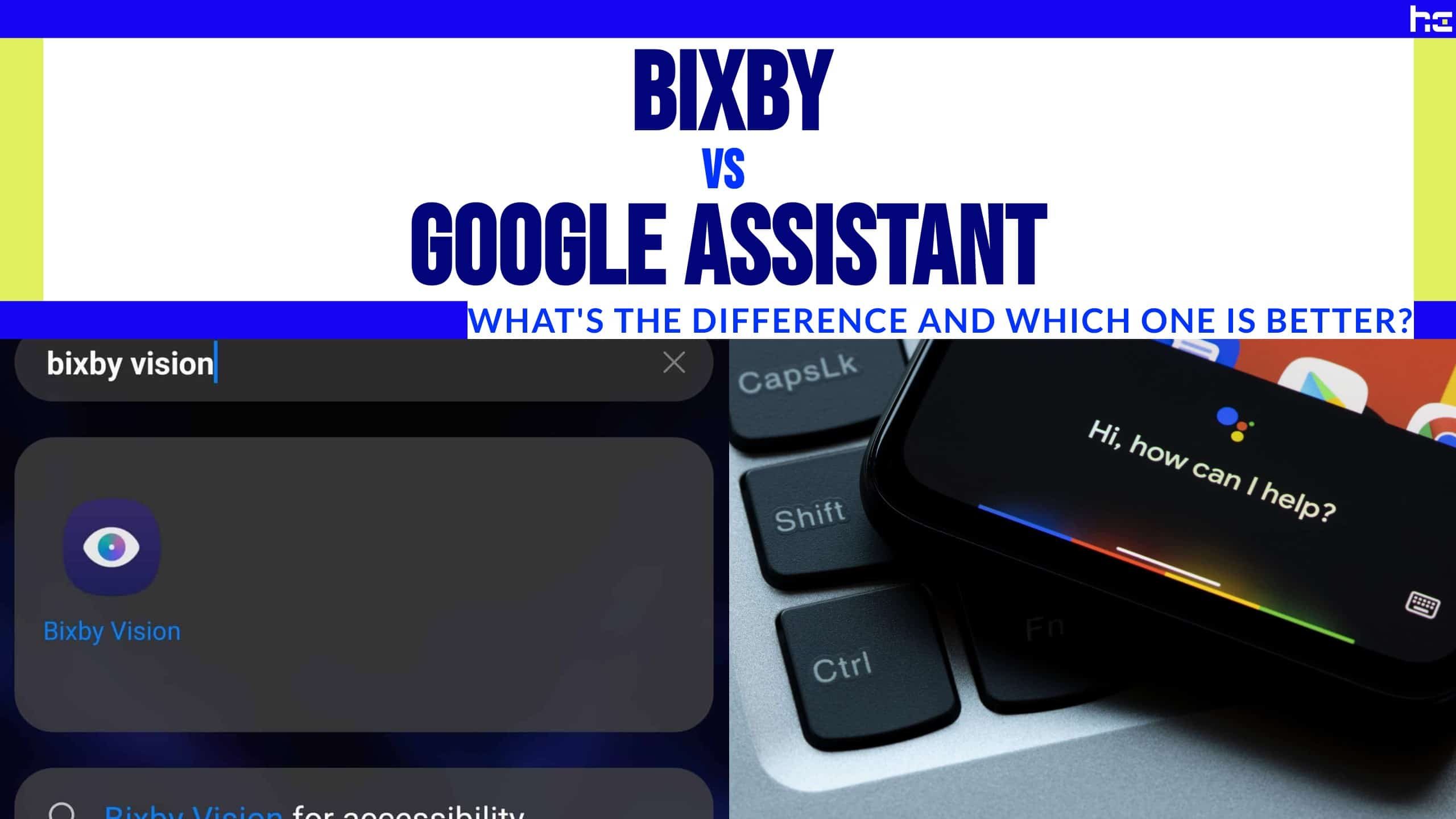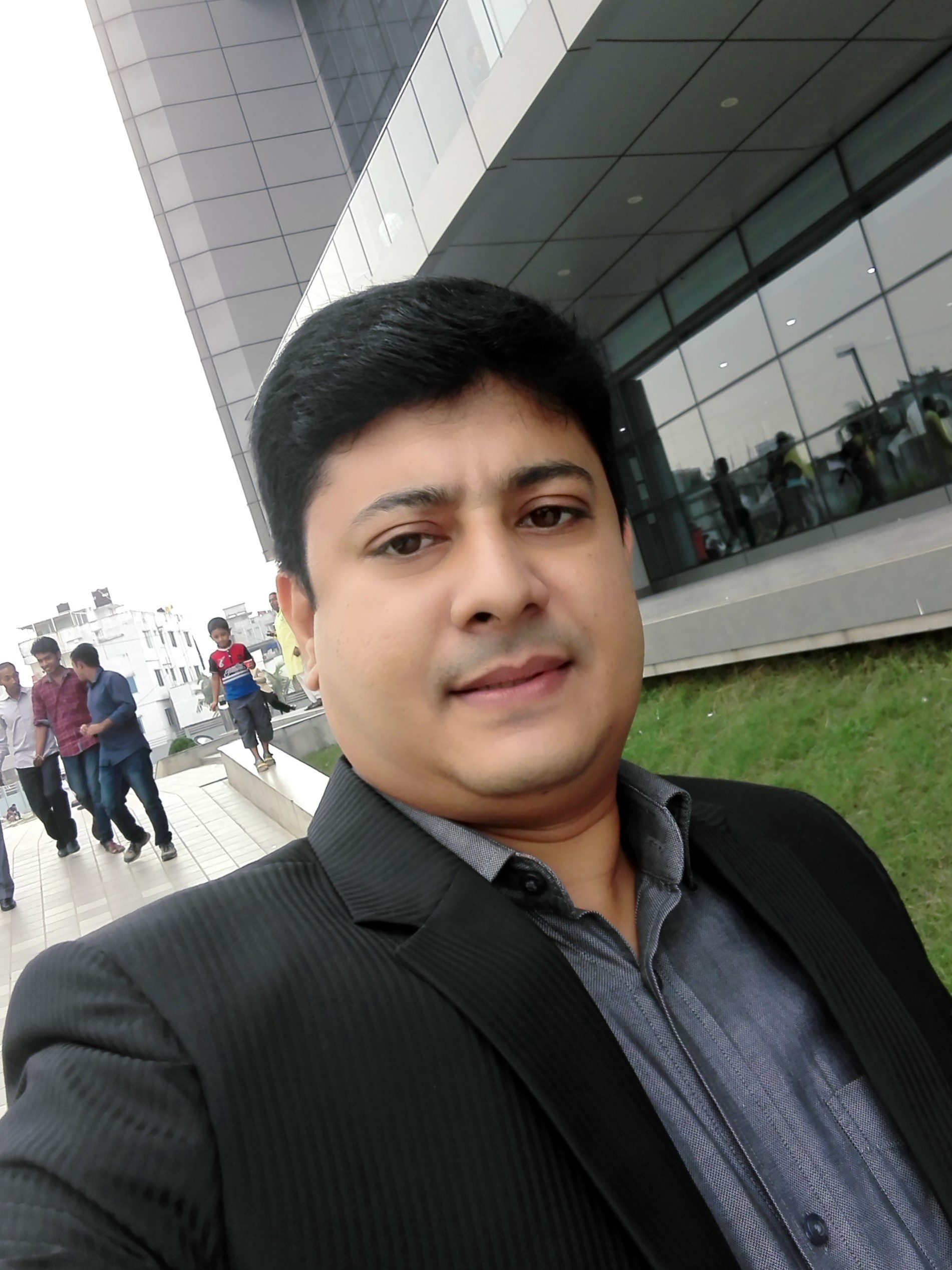Hubitat and Home Assistant are both advanced, local processing smart home hubs. Hubitat offers ease of use with a focus on privacy, while Home Assistant appeals to tinkerers with its open-source flexibility. In this article, we are going describe the latest information on Hubitat Vs Home Assistant.
Stepping into the world of smart home automation, enthusiasts are often presented with a choice between two powerhouses: Hubitat and Home Assistant. Each system brings a suite of features designed to integrate various smart devices and automate daily tasks within the household.
Hubitat stands out for its user-friendly interface and robust automation rules that function even without an internet connection, thus prioritizing privacy and reliability. On the other hand, Home Assistant has carved out its niche among DIY enthusiasts with its extensive customization options, supported by a strong community of developers. While both platforms aim to create a seamless smart home experience, they cater to different user preferences concerning installation complexity, maintenance, and overall control over the smart ecosystem. Choosing the right hub depends on the user’s technical expertise and desired level of customization. Users must consider their specific needs and the smart devices they aim to manage when deciding between the privacy-centric Hubitat and the highly adaptable Home Assistant.

Credit: www.youtube.com
Introduction To Hubitat And Home Assistant
Smart homes are the future. Choosing the right hub is key. Two top players are Hubitat and Home Assistant. Both make your home smarter. They connect devices and automate tasks. This introduction explores what they are and what they do.
What Is Hubitat?
Hubitat is a home automation hub. It’s a small, reliable box. It runs your smart devices locally. This means even when the internet is down, Hubitat works. It keeps your data private and secure at home. No cloud needed!
- Local processing: Fast and reliable.
- Security: Data stays in your home.
- Compatibility: Works with many devices.
What Is Home Assistant?
Home Assistant is open source. It turns your PC or Raspberry Pi into a hub. You can control smart gadgets with it. DIY enthusiasts love it. It’s fully customizable. You can add features with add-ons. Your smart home, your way.
- Open Source
- Free to customize and improve.
- Add-ons
- Expand functionality easily.
Key Features Of Hubitat
Exploring the robust world of smart home automation, Hubitat stands out with its distinctive features. High on the list for tech enthusiasts and privacy-minded individuals, Hubitat offers a unique blend of functionality and security. Let’s delve into the key aspects that make Hubitat a compelling choice.
Hubitat shines in local control and privacy. Unlike many smart home hubs, Hubitat processes everything locally. This means your data stays within your home. No cloud, no lag, no problem.
- Local processing for speed and reliability
- Do not rely on the internet
- Keeps personal data secure
Hubitat’s compatibility is expansive. It works with a plethora of devices. From lights to locks to sensors, Hubitat has you covered.
| Device Type | Compatible Brands |
|---|---|
| Lights | Philips Hue, Sengled, LIFX |
| Locks | Schlage, Yale, Kwikset |
| Sensors | Fibaro, Aeotec, SmartThings |
Hubitat boasts a user-friendly experience. Easy setup kickstarts your smart home in no time. Navigating through Hubitat’s interface feels intuitive and straightforward.
- Simple installation process
- Intuitive web-based interface
- Community support for guidance
Key Features Of Home Assistant
Are you exploring the wizardry of smart home automation? Home Assistant shines brightly as a top-tier platform. Its suite of features enhances users’ control over their smart homes. Dive into the key features of Home Assistant to understand its appeal in the automation landscape.
Open Source Advantage
Home Assistant prides itself on being open-source. This means a community of users and developers continuously enhances it. Anyone can dive into the codebase to improve or tailor the system. This transparency assures you of a platform with high security and robust community support.
Vast Integration Options
A powerhouse for integration, Home Assistant boasts compatibility with over a thousand devices. Whether it’s lighting systems, HVAC units, or security cameras, Home Assistant links them all. Users enjoy a centralized smart home experience, free of compatibility woes.
Customization And Flexibility
Personalization sits at the heart of Home Assistant’s design. Users craft a unique smart home ecosystem tailored to their needs. Through custom scripts, plugins, and user-created automation, the possibilities become nearly limitless. Home Assistant evolves with your desires, ensuring a future-proof smart home.
Assess Home Assistant’s advantages with these insights:
| Feature | Description |
|---|---|
| Open Source | User-improved, secure, and transparent. |
| Integration | Extensive compatibility with devices. |
| Customization | Tailor-made automation for individual needs. |
- Open Source: A community-backed platform.
- Integration: Supports thousands of devices.
- Customization: Build a personalized smart home.
Setting Up And Usability
Welcome to the ultimate showdown between Hubitat and Home Assistant on setting up and usability. This comparison will guide you through everything you need to know about starting with these smart home powerhouses. Let’s simplify each step from installation to daily use.
Installation Process For Hubitat
- Unbox the Hubitat Elevation hub.
- Connect it to your router using the provided Ethernet cable.
- Plug the power adapter into an outlet and wait for the LED to turn green.
- On a computer or mobile device, go to the Hubitat portal website.
- Create an account or log in.
- Set up your locations and connect to the hub.
Installation Process For Home Assistant
- Choose suitable hardware like a Raspberry Pi or an old computer.
- For your device, download the Home Assistant picture.
- Use software to flash the image onto a microSD card or SSD.
- Insert the storage into your device and connect it to your network.
- Power it up and wait for Home Assistant to install.
- Access Home Assistant on a browser via
http://homeassistant.local:8123.
User Interface Comparison
| Aspect | Hubitat | Home Assistant |
|---|---|---|
| Dashboard | Functional, with a classic feel | Modern and customizable |
| Navigation | Simple lists and menus | Icon-based and intuitive |
| Control | Device pages with buttons | Drag-and-drop editing |
| Automation | Rule Machine for setups | Automation and scripts editor |
Hubitat’s interface might seem basic, yet it is highly reliable for managing devices. Home Assistant, with its sleek UI, offers extensive customization for those who enjoy personalizing their experience.
Community And Support
Choosing between Hubitat and Home Assistant takes more than comparing features alone. A strong community and solid support can tip the scales. Let’s dive into the networks behind each platform.
Hubitat’s Community Resources
Hubitat’s community shines with dedicated users and creators. They engage and innovate on the Hubitat Elevation platform. Specifics include:
- Official forums: For troubleshooting and tips.
- User-driven Wiki: Documentation by veterans.
- Social media groups: Quick help and project ideas.
They keep Hubitat’s ecosystem vibrant with user-led apps and smart home solutions.
Home Assistant’s Developer Community
Home Assistant takes pride in its buzzing developer community. Key highlights are:
- Extensive GitHub presence: For collaborative coding.
- Development-focused forums: For skill sharing.
- Regular meetups: For networking and innovating.
This developer paradise ensures Home Assistant stays on the frontline of open-source smart home advancement.
Accessibility Of Technical Support
| Aspect | Hubitat | Home Assistant |
|---|---|---|
| Direct Support | Email help and community forums | Community forums and documentation |
| User Guides | Detailed and user-friendly | Extensive and developer-centric |
| Response Time | Prompt through official channels | Varies, often reliant on community |
Both systems have admirable support structures. Hubitat offers targeted help approaches. Home Assistant leans on peer support and shared learning.

Credit: history-computer.com
Pros And Cons
Smart home enthusiasts often find themselves choosing between Hubitat and Home Assistant. Each platform has its unique features, influencing their home automation setup. Making an informed choice requires an understanding of its advantages and disadvantages. Let’s explore the strengths and weaknesses of Hubitat and Home Assistant.
Analyzing Hubitat’s Strengths And Weaknesses
Here’s what makes Hubitat stand out, and some areas where it might not shine as bright.
| Pros of Hubitat | Cons of Hubitat |
|---|---|
|
|
Evaluating Home Assistant’s Highs And Lows
Let’s weigh the highs and lows of using Home Assistant for your smart home setup.
| Pros of Home Assistant | Cons of Home Assistant |
|---|---|
|
|
The Verdict
Deciding between Hubitat and Home Assistant can be tough. Each has advantages that make them stand out. This section will help clarify which might be the right choice for you.
Which Is Better For Beginners?
Hubitat shines for those just stepping into smart home automation. Here’s why:
- It has a simpler setup process.
- Users get a more guided experience.
- There is less technical know-how needed to start.
The Best Option For Tech-savvy Users
Tech enthusiasts often prefer Home Assistant. Its features include:
| Feature | Description |
|---|---|
| Customization | High levels of personalization |
| Integration | Wide range of compatible devices |
| Community | Active support and development |
Final Recommendations
Selecting the right platform depends on your comfort with technology and your home automation goals. Hubitat is best for those who want an easy start. Home Assistant is ideal for users seeking advanced control and customization.

Credit: homeprotex.com
Frequently Asked Questions On Hubitat Vs Home Assistant
What Is Hubitat?
Hubitat is a home automation hub that focuses on privacy and local control. It runs your smart devices locally without relying on the cloud. This enhances reliability and speed while keeping your data private within your home network.
How Does Home Assistant Differ?
Home Assistant is an open-source home automation platform. It allows extensive customization and has a large community of users. Unlike Hubitat, Home Assistant is the software you install on your own device, offering flexibility in setup and hardware choice.
Can Hubitat And Home Assistant Integrate?
Yes, Hubitat and Home Assistant can integrate to some extent. Hubitat can send certain device statuses to Home Assistant, allowing users to leverage the strengths of both platforms for advanced home automation setups.
Which Platform Is Easier For Beginners?
Hubitat tends to be easier for beginners due to its plug-and-play nature and simpler interface. Home Assistant, while powerful, has a steeper learning curve and may require more technical knowledge to set up and customize.
Conclusion
Deciding between Hubitat and Home Assistant hinges on personal needs. Hubitat offers simplicity and reliability for everyday users. Home Assistant shines with deeper customization for tech enthusiasts. Ultimately, both platforms excel in enhancing smart home experiences. Choose the one that aligns with your tech comfort level and desired smart home complexity.

I am a technology writer and blogger with 17 years of experience in the fields of information technology, artificial intelligence, cyber security, automated systems, and the latest technology trends.

